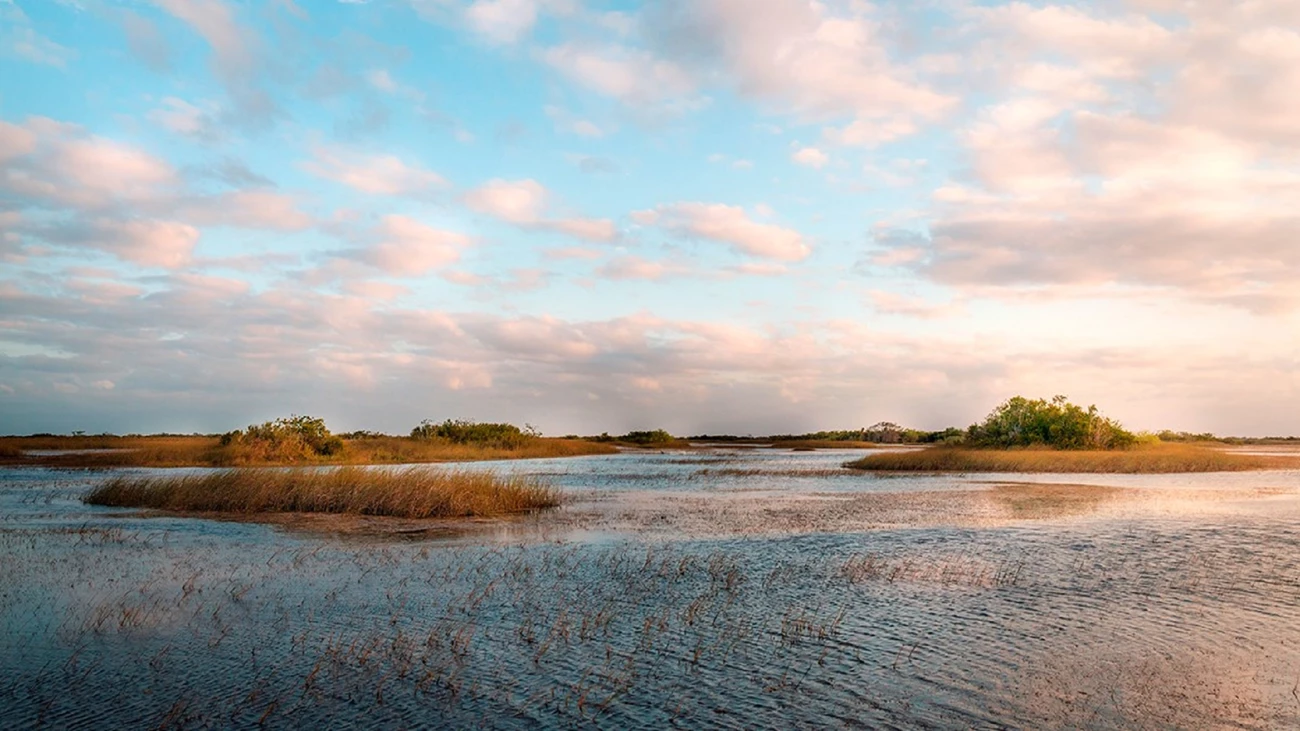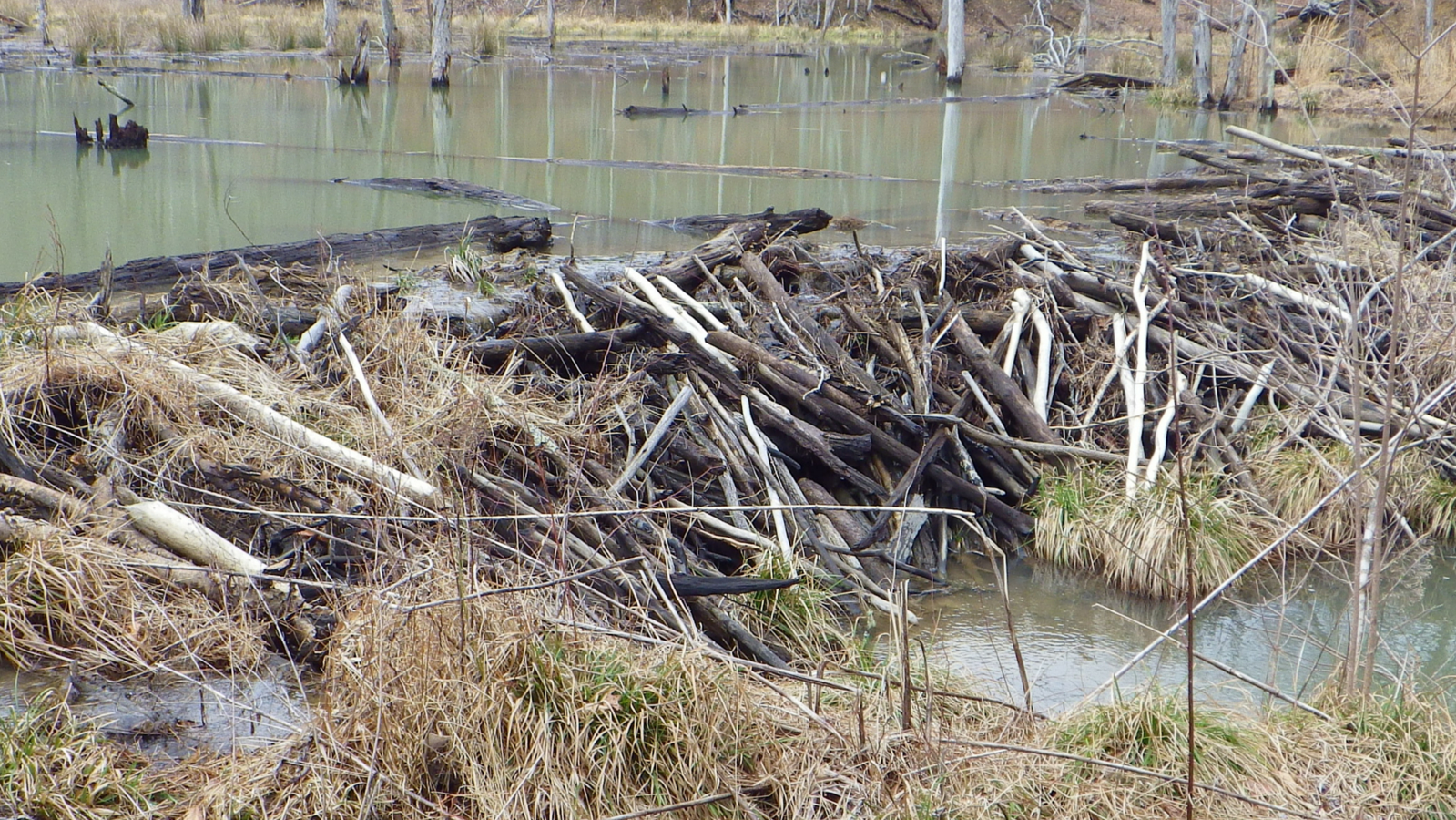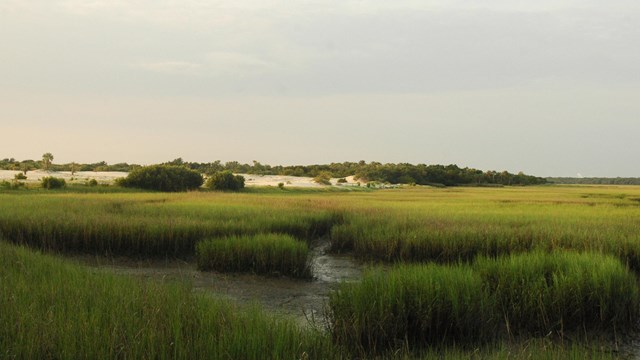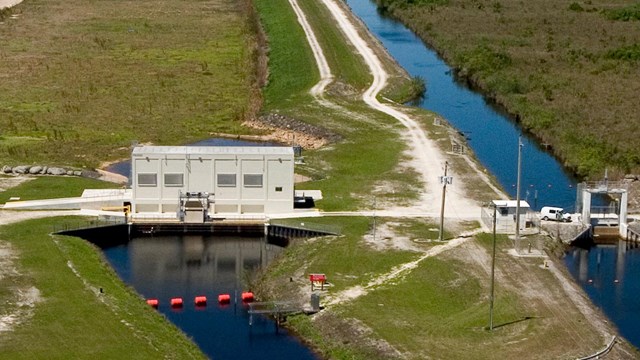
NPS / Anthony Sleiman
What are Wetlands?
Wetlands are areas where the land is covered by shallow water or the soil is saturated to the surface for at least 14 consecutive days during the growing season. The term wetland includes wet meadows, salt marshes, swamps, bogs, and a variety of other aquatic environments. Plants and many animals found in wetlands are specially adapted to live in these wet conditions. Wetlands can be found in virtually every county of every state in the nation, from arctic tundra wetlands in Alaska, to peat bogs in the Appalachians, to salt marshes on the Gulf Coast.
Wetlands in the Past
In the past, wetlands were often regarded as wastelands—sources of mosquitoes, flies and unpleasant odors. Most people felt that wetlands were places to be avoided, or better yet, eliminated. It was a widely accepted practice to drain or fill wetlands for other uses, or to use them as dumping grounds. As a result, more than half of the wetlands that existed in the U.S. at the time of European settlement have vanished according to a study published by the U.S. Fish and Wildlife Service in 1990.Wetlands Today
Today, wetlands continue to face a range of challenges, but they are generally recognized as productive and valuable resources. They offer critical habitats for fish and wildlife, purify polluted waters, and check the destructive power of floods and storms. Wetlands also provide recreational opportunities such as fishing, hunting, photography, and wildlife observation.Learn More About Wetlands

Wetlands are highly productive and biologically diverse.

Although some of our wetlands have been created in as short a span as a human lifetime, many others took thousands of years to develop.

A wide variety of wetlands have formed across the country.

Wetlands are threatened by roads to exotic plants.
Last updated: May 16, 2025
